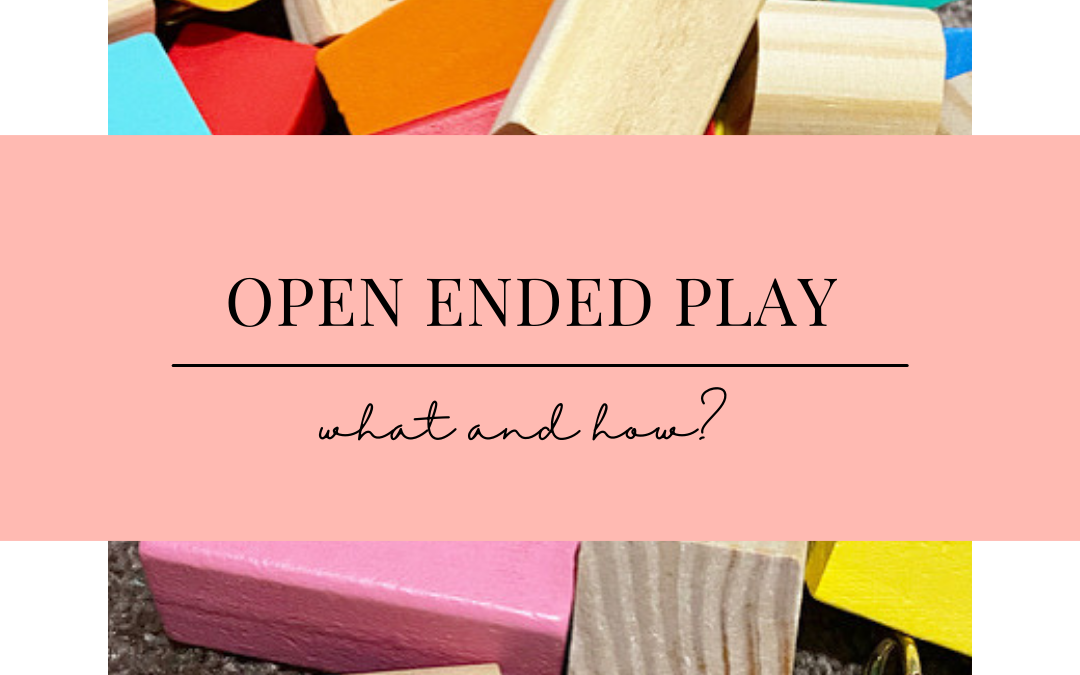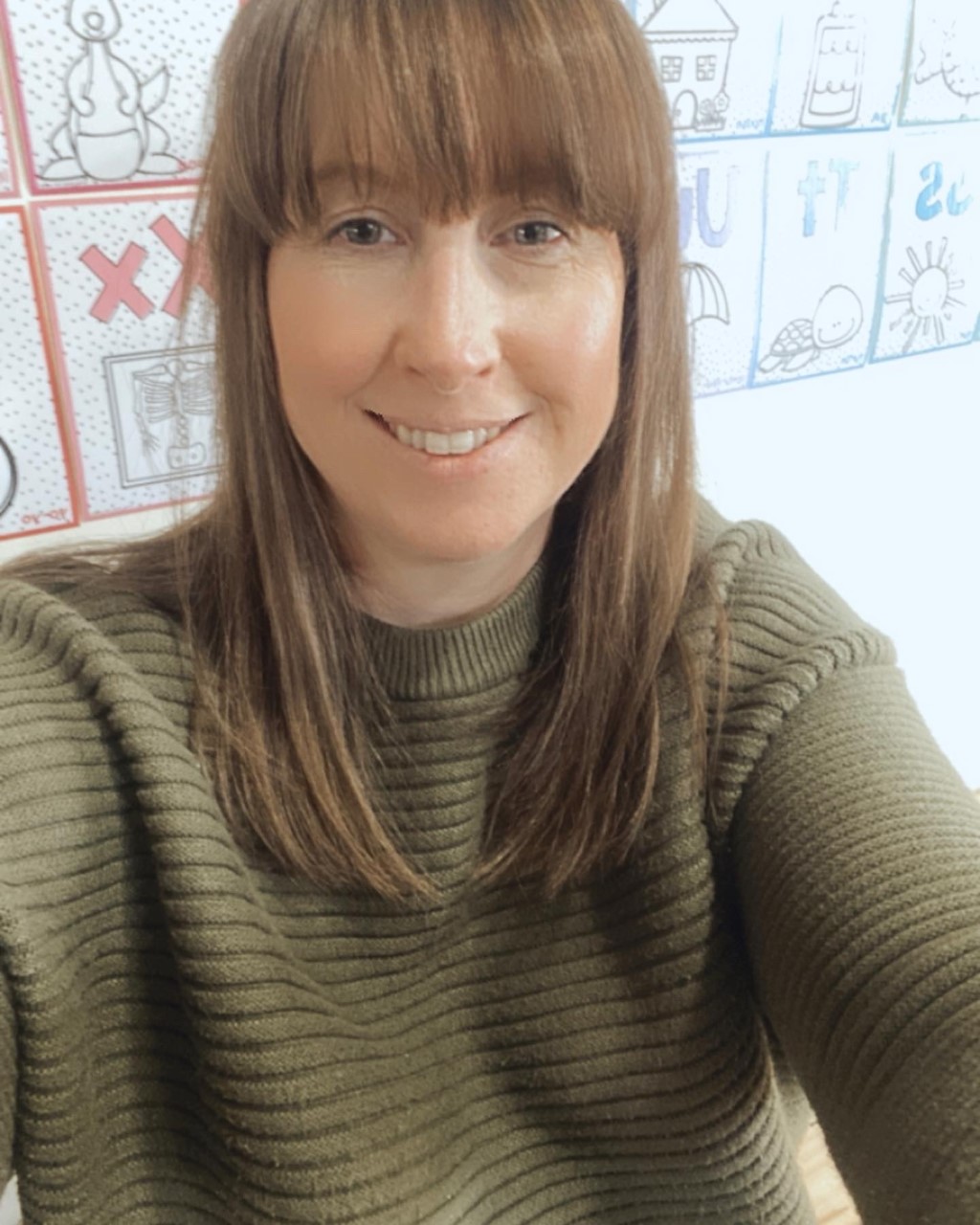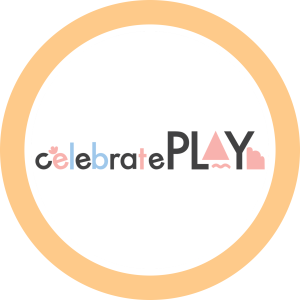Open-ended play is a type of play that encourages children to use their creativity and imagination. It is often considered the opposite to structured play, which involves following specific rules or instructions. Open-ended play can be beneficial for children of all ages, but it is especially important for young children, as it helps them to develop their cognitive, social, and emotional skills.Here are four tips for getting started with open-ended play at home:1. Start small – Don’t try to overhaul your entire playroom all at once. Start by adding a few open-ended toys to your child’s existing play space. See how your child responds to these toys and then gradually add more as your child’s interest grows.2. Choose toys that are open-ended – Open-ended toys are toys that can be used in a variety of ways. They are not limited to a single purpose. Some examples of open-ended toys include blocks, balls, play dough, magnetic tiles, and wooden toys.3. Set up the play space for open-ended play – Open-ended play requires a space that is calculated to produce creativity and imagination. This means providing a space that is free of distractions and that has plenty of room for your child to move around. You may also want to consider adding some natural elements to the play space, such as plants or rocks.4. Use strategies to make open-ended play successful – There are a number of strategies that you can use to make open-ended play more successful for your child. Here are a few tips:* Follow your child’s lead – Let your child decide how they want to play with the open-ended toys. Don’t try to direct their play or tell them what to do. Watch how they lead their own play and learning.* Be patient – Open-ended play can be messy and unpredictable. Be patient and allow your child to explore and experiment. If mess is not your thing – be sure to have a plan b exit strategy in place.* Praise your child’s efforts – When your child is engaged in open-ended play, praise their efforts and creativity. This will help to encourage them to continue playing in this way.Here are five fabulous open-ended materials to start with:1. Blocks: Blocks are a classic open-ended toy that can be used in a variety of ways. Children can build towers, houses, bridges, and anything else they can imagine.2. Balls: Balls are another great open-ended toy that can be used for a variety of activities. Children can roll balls, throw balls, catch balls, and kick balls.3. Play dough: Play dough is a great way for children to explore their creativity and imagination. They can mold play dough into different shapes, make sculptures, and even create their own play dough recipes.4. Magnetic Tiles: Magnetic tiles are a great way to bring critical thinking, problem solving, literacy and numeracy, spatial awareness through creative builds into the playspace. the ideas are endless and imaginations have the ooportunity to soar.
5. Wooden toys: Wooden toys are a durable and sustainable option for open-ended play. They can be used for a variety of activities, such as building, stacking, and sorting.Open-ended play is a great way for children to learn and develop. By following these tips, you can help your child to enjoy the benefits of open-ended play and elevate PLAY in your home.







